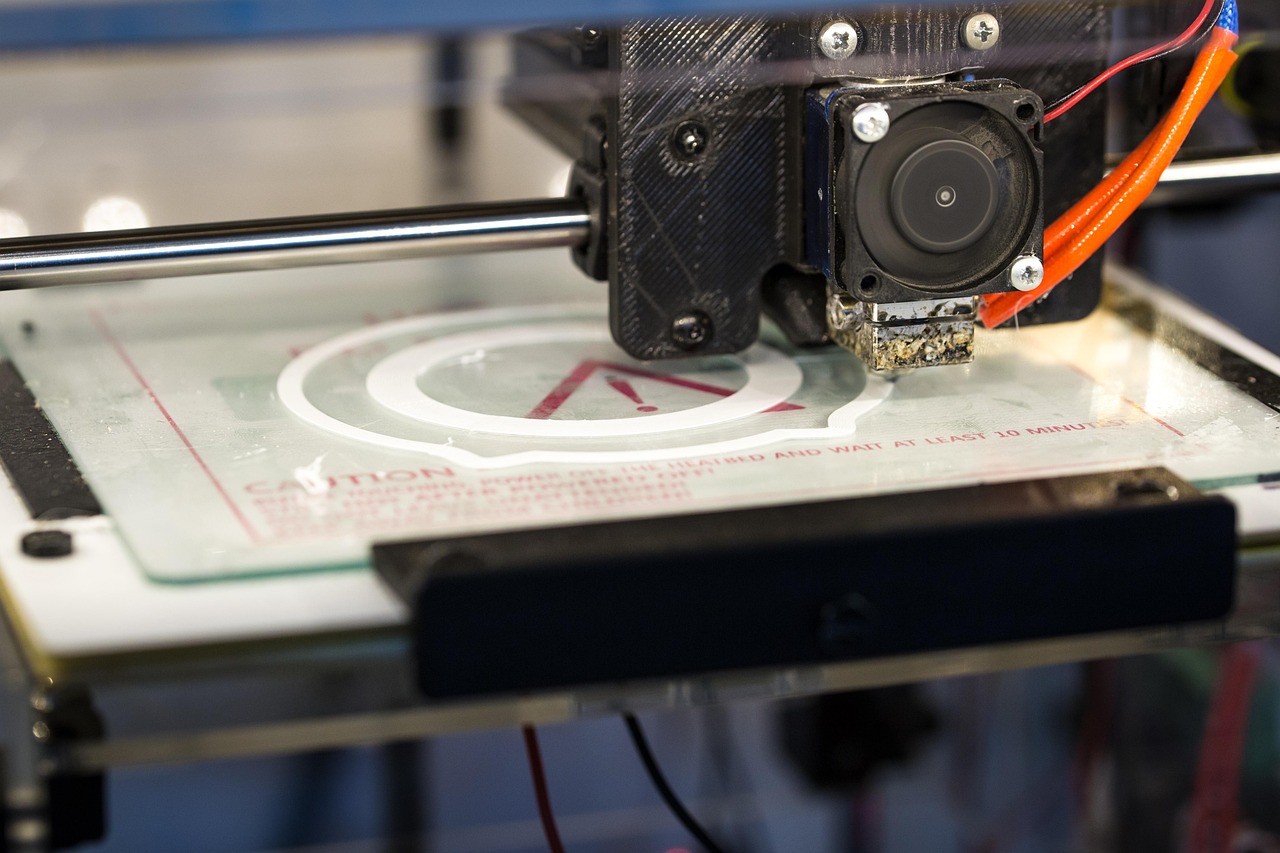Pioneering the Future: Industrial 3D Printing and its Business Implications
As the world of business and industry continually evolves, one technology that has been gaining ground and reshaping manufacturing landscapes is 3D printing. This article delves into the growth of industrial 3D printing, its transformative potential, and the implications for business operations.

The Advent of Industrial 3D Printing: A Retrospective
First patented in the 1980s, 3D printing, or additive manufacturing, began as a tool for creating prototypes. Today, it is being adopted across various industries, from aerospace and automotive to healthcare and construction. The technology’s evolution has been driven by advancements in materials, software, and printing technologies, leading to increased precision, reduced costs, and broader applicability.
Current Landscape: 3D Printing in Modern Business
3D printing is transforming modern business operations in several ways. It offers on-demand production, reducing inventory costs, and supply chain complexities. It enables customization at no additional cost, opening avenues for personalized products. Furthermore, 3D printing promotes sustainability by minimizing waste and optimizing resource use.
Impact and Implications: A Deeper Dive
The shift towards 3D printing carries significant implications for businesses. On the positive side, it can drive cost savings, improve operational efficiency, and foster innovation. However, it also poses challenges. Businesses need to upskill their workforce, invest in technology, and manage intellectual property issues associated with digital designs.
The Future of Business: 3D Printing and Beyond
Experts predict a bright future for 3D printing, driven by continuous innovation, falling costs, and wider acceptance. As businesses increasingly embrace this technology, the manufacturing landscape is set to evolve dramatically, bringing about a new industrial revolution driven by digitalization, customization, and sustainability.
Insights for Implementation
- Start with a clear strategy: Define what you want to achieve with 3D printing and align it with your overall business objectives.
- Invest in skills: As 3D printing is a specialized field, invest in training and development to upskill your workforce.
- Collaborate with experts: Partner with technology providers and industry bodies to stay abreast of the latest developments and best practices.
- Monitor technology trends: Keep an eye on advancements in 3D printing technologies and materials to leverage their potential fully.
- Manage risks: Address potential challenges such as intellectual property issues, and ensure compliance with relevant regulations.
Conclusion
Industrial 3D printing is not just a technology; it’s a paradigm shift that is reshaping business operations and strategies. As it continues to evolve, businesses that can adapt and harness its potential will have a significant advantage. The journey may be complex and fraught with challenges, but the potential rewards - in terms of cost savings, operational efficiency, and innovation - make it a worthy pursuit.





